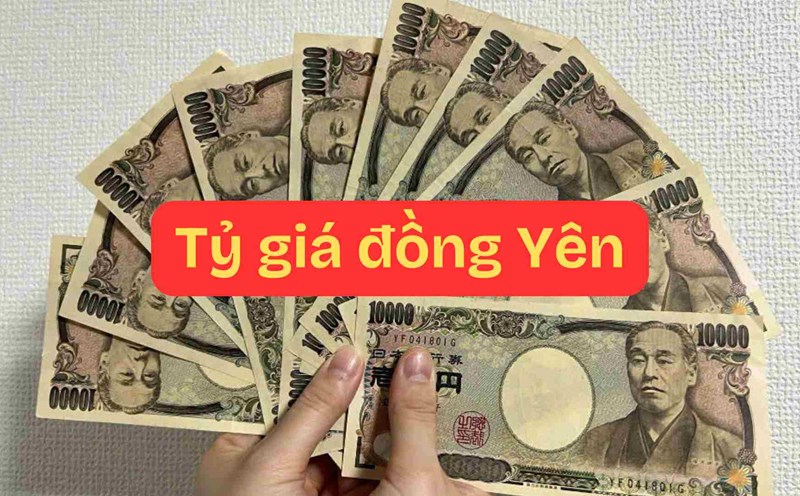According to Lao Dong, last week, the Japanese Yen exchange rate (JPY) recorded many complex fluctuations due to mixed signals from both domestic and international.
From the beginning of the week, the yen has increased slightly thanks to the shelter flow in the context of geopolitical tensions and the US -China trade prospects are not clear. However, the momentum does not last when the risk of risk returns, causing this currency to weaken in the next sessions.
Over the weekend, the Yen depreciated, the USD/JPY exchange rate increased to nearly 142.50 as investors shifted to USD due to expectations of progress in US-China trade negotiations.
After the policy meeting of the Central Bank of Japan (BOJ), Dong Yen continued to decrease when BoJ kept the interest rate at 0.5% and lowered the forecast of growth and inflation for the coming years. Although inflation in Japan is over 2% - the target threshold - Boj proved cautious, making the market skeptical about the ability to raise interest rates early.

In contrast, on the US, recent economic data such as negative GDP, cooling inflation and slowing are strengthening the possibility that the Federal Reserve (Fed) will start cutting interest rates since June. This creates a monetary policy between the US and Japan, gradually supporting the yen, especially in the context of investors concerned about the US economic recession.
In general, the Yen is still considered a safe haven asset in the period of uncertainty, but its upside prospects will depend largely on the next move of the BoJ as well as upcoming economic data from the US.
The market is currently waiting for the non-farm payrolls (NFP) report to shape further policy expectations in the coming time.











